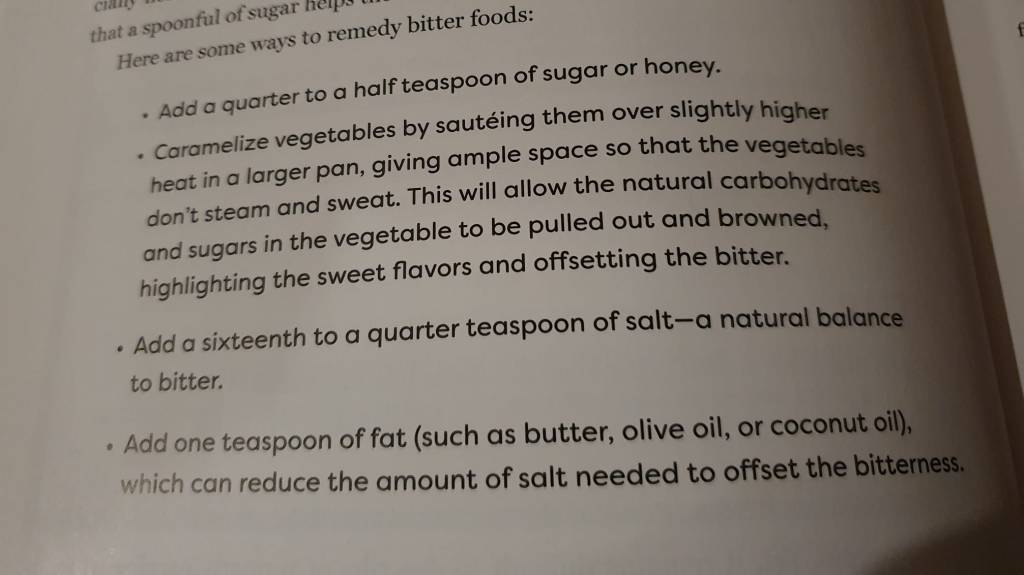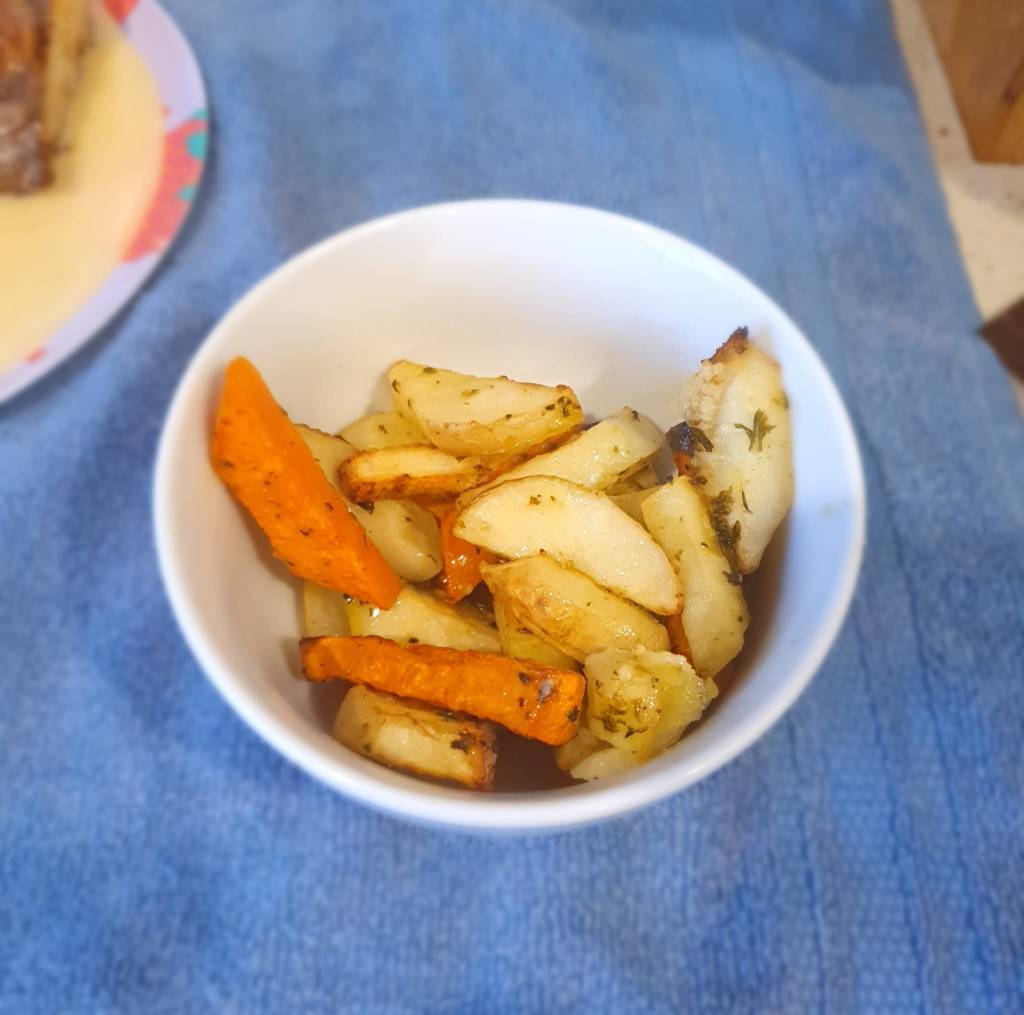Colour Taste Texture: An Autistic Cook Book
My daughter is autistic and has a number of unusuakodd behaviours in relation to food. For example, we went to the zoo (she loves animals) and when I asked her the best part of the day she said it was the Chocolate Caramel Slice (just what a parent wants to hear after spending so, so much money). She is obsessed with junk food! But she frequently skips meals because she’s “not hungry”—and that includes meals that are simply us parents begging her to eat a sugary treat (like chocolate caramel slice) rather than nothing at all.
When she does eat, there is an extremely small range of acceptable dishes. We are constantly perusing recipe books to find more foods that she is willing to taste (often even a bite is too much to ask). And she loves recipe books, too! She brings them home from the school library all the time. Of course it’s mostly about the treats, but there’s usually one non-dessert item that she’s at least hypothetically willing to try. Having said that, I’ll often choose and cook something with her input and assistance only to have her change her mind at the end of the process and still refuse to try it.
[Memo to self: WHY does she get full so quickly? Investigate. Maybe it’s some kind of medical thing.]
Every so often, though, we have a real victory. For example, she has been eating a stick of celery almost every day for the last two years. It has to be slathered in peanut butter (smooth not crunchy) and choc chips, but she eats it. This is a HUGE deal. It’s currently her only acceptable green vegetable and if she required it to be deep-fried and served with ice cream we would do that. (She also takes iron and vitamin C tablets, because she would otherwise be literally malnourished due to her many food aversions and her general lack of appetite.)
Celery (and food therapy) was also key to my understanding that a crunchy texture is something that Lizzie really enjoys. (Which was quite a revelation, since I dislike almost all crunchy foods myself.) Today I made her cucumber sandwiches, and even though she ate only three bites before getting full, she said she liked it! (Then Chris and I finished them, and they were so good I made another just for myself.)
Sidebar: Cucumber sandwich recipe
Thinly slice some cucumber, and thickly butter two slices of white bread. Lay out the cucumber slices on the chopping board and press a paper towel on them to absorb the moisture (otherwise they’ll immediately go soggy, plus make your bread soggy). Spread mayo on the lower slice of bread, then arrange the cucumber in a single thin layer and sprinkle it with salt. Cut off the crusts and serve in triangles immediately (or it’ll get soggy). Watch the film “The Importance of Being Ernest” as you eat them for extra flavour.
So that was a win today!
As soon as I heard this book might be helpful for autistic kids, I wanted it.

It literally has chapters on colours, tastes (sweet, bitter, salty, etc), and textures—what autistic people tend to like and dislike, and how to modify dishes based on those criterion!

Autistic people don’t “hate vegetables”… they probably hate bitter tastes, or that farty smell (looking at you, cabbages), or crunchy foods (hello salad), or foods mixed together (again with the salad). If you can figure out WHY they love or hate a food, you might be able to expand their list of safe foods by changing the texture, colour, or environment. Incredible!
The author is autistic, which gives them excellent insights as well as some blind spots (eg his editor pointed out that in the colour section he had completely left out green, a colour to which he is so averse he forgot it existed). He clearly loves bread, and recipes with yummy dairy in them (buttermilk, cream cheese, butter) as there are loads of those.
The book isn’t written with a kid audience in mind, so although I started reading it aloud to Lizzie we quickly decided it was best for me to read it and for her to look at the recipes and pick which ones were best for her (interestingly, not every recipe had a picture with it, which was frustrating for her).
The author also uses cooking spray to stop things like dough sticking to other things, which to me is nothing short of a slap in the fact to autistic people in general and me in particular. Doesn’t he know that cooking spray has a horrible bitter taste that ruins almost everything it touches? And he says to use it on SWEET dishes? IS HE EVEN AUTISTIC??
Ahem.
My daughter likes sweet things, salty things, crunchy things, smooth things, and soft things. She always wants to eat while watching YouTube because that is soothing to her. Understanding these things is key to offering her food she is more likely to eat (it is extremely difficult to get her to eat much at all).
She jumped on the French Fry recipe and I managed to not tell her that it’s extremely similar to the way I roast potatoes almost every day (a safe and delicious food for me). I adjusted it a bit—cutting out pepper (which a lot of spicy-averse people like her also hate) and adding basil and garlic (both sweet flavours) instead. She liked them, and so did every other member of the family. They need to cook for 30-40 minutes, but they’re not super difficult. Given that Lizzie doesn’t even eat potatoes (I KNOW, weird) this is a win! Potatoes are actually a really great food with lots of fibre and other goodies. And I can easily cook her some fries every time I cook roast potatoes (so, about five times a week). Three baked potato chips a few times a week is actually a great improvement in her diet. Here’s how they looked:

I’m in the (long) process of cooking cinnamon rolls right now. They’re rather finicky (eg including fresh orange juice) but clearly they’re also the author’s absolute favourite recipe, honed over many years, so I have to try them at least once!
The author likes specific cooking tools like a dough hook (okay, what is that?) and meat thermometer (ooh, I could do with one of those), and uses Fahrenheit (ugh… why YES I already boiled some bread dough today) but their insights are so incredibly valuable. It’s definitely worth scribbling all over the book as I figure out what works for us and what doesn’t.
I haven’t seen anything like it before.
Pic of the finished cinnamon rolls:

They. Were. Incredible.
The edges were crispily delicious, and the middle was a crumpet-esque land of chewy bread perfectly intermingled with air pockets thanks to the author’s beloved tangzhong (aka roux) method).
I made the icing, which was great (and mercifully simple) but honestly there was way too much. I think the tiniest little bit of icing would be best, so the buns can shine. I also think this icing would take lemon or other flavours really well. Orange would be the perfect thing for these, since they already have a tiny bit of orange in them.
The icing also ruins the look, but perhaps a perfect swirl of icing along the line of the bun would work really well.

Now I’m all excited and I’m looking through the book with newly trusting eyes, thinking, “What other wonders lie in these pretty pages?
I normally get one let’s-give-it-a-go savoury recipe per book, and a few sweet ones that sound good. This book is batting waaay above average.
Of course, I adore bread too.

Leave a comment